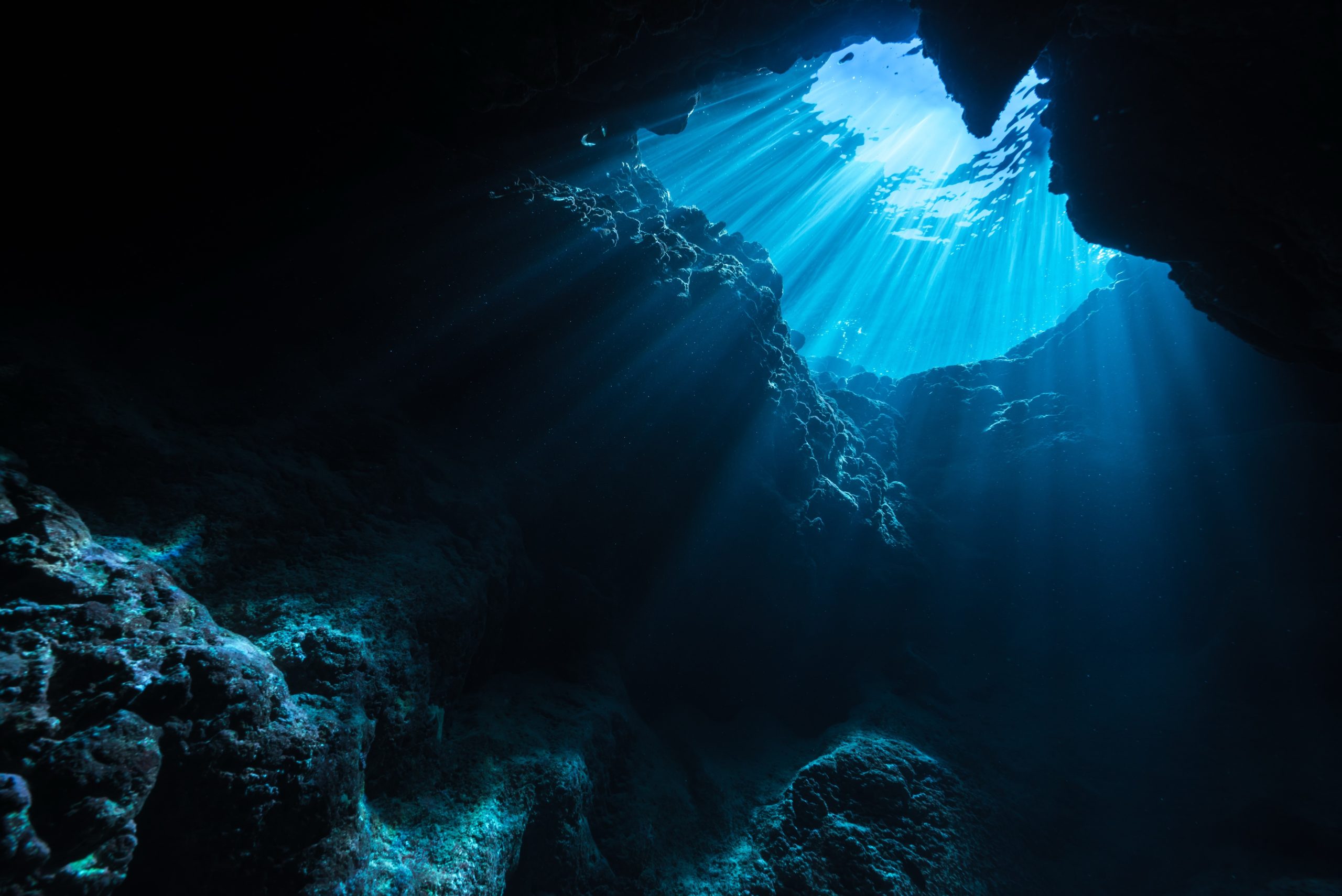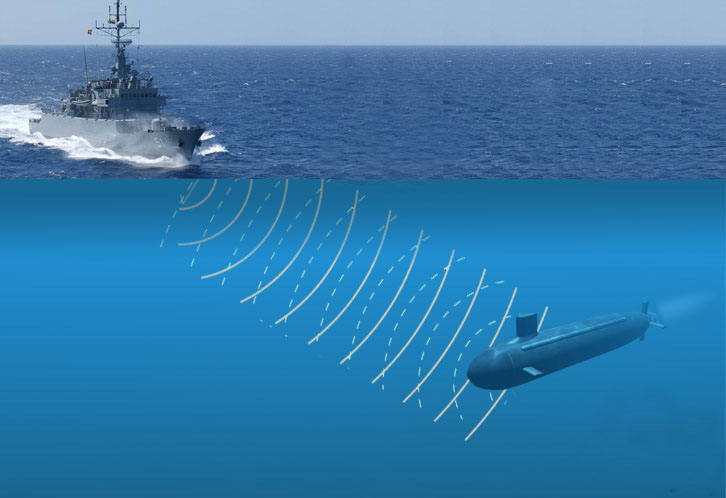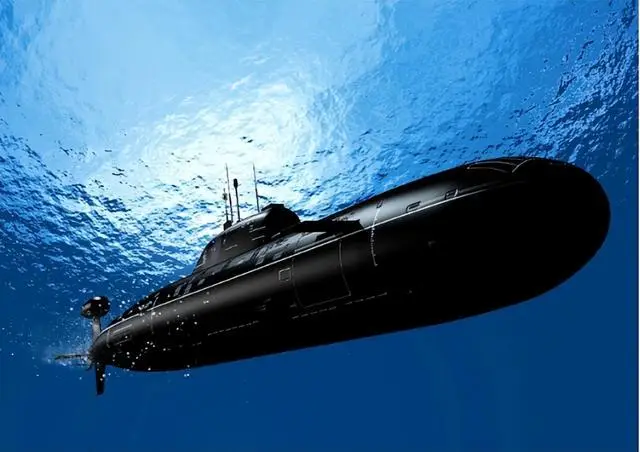The ancient world holds countless secrets, but few are as captivating as the submerged tombs of Egypt’s pharaohs, where history meets mystery beneath the waves.
🌊 When the Nile Swallowed History: Understanding Underwater Pharaonic Tombs
The image of Egyptian tombs typically conjures visions of sand-swept pyramids and elaborate underground chambers carved into desert cliffs. However, a lesser-known chapter of Egyptology reveals an equally fascinating realm: underwater burial sites that have emerged due to geological shifts, rising water levels, and the relentless passage of time.
These submerged archaeological wonders offer unprecedented insights into ancient Egyptian burial practices, architecture, and beliefs about the afterlife. As the Mediterranean Sea and various water sources have encroached upon ancient coastal cities and Nile Delta settlements over millennia, numerous pharaonic structures have disappeared beneath the surface, creating an aquatic museum of incomparable historical value.
The Lost Cities Beneath Egyptian Waters
Egypt’s underwater archaeological sites extend far beyond simple tombs. Entire cities with their temples, statues, and burial complexes now rest on the seafloor, waiting to reveal their secrets to modern explorers equipped with advanced diving technology and underwater excavation tools.
Heracleion: The Sunken Gateway to Egypt 🏛️
Perhaps the most spectacular underwater discovery in Egyptian waters is the ancient city of Heracleion, also known as Thonis. This once-thriving port city served as Egypt’s main gateway for Mediterranean trade before Alexandria’s rise to prominence. Submerged approximately 1,200 years ago due to soil liquefaction and rising sea levels, Heracleion lay hidden beneath Abu Qir Bay until French archaeologist Franck Goddio rediscovered it in 2000.
Within this submerged metropolis, archaeologists have uncovered remains of grand temples, colossal statues of pharaohs and gods, ceremonial barges, and countless artifacts that shed light on religious practices and daily life. While not exclusively a necropolis, the site contains burial structures and sarcophagi that demonstrate how death and commemoration were interwoven with urban life in ancient Egypt.
Canopus and Menouthis: Twin Cities of the Dead
Adjacent to Heracleion, the twin cities of Canopus and Menouthis also rest beneath the Mediterranean. These sites were renowned in antiquity for their religious significance and healing temples. Archaeological evidence suggests that important religious figures and possibly minor royalty were interred in these coastal sanctuaries, which now provide unique opportunities to study burial practices in contexts different from the traditional Valley of the Kings.
Why Did Pharaonic Tombs End Up Underwater?
The submersion of ancient Egyptian burial sites results from multiple geological and environmental factors that have transformed the landscape over thousands of years. Understanding these processes helps archaeologists predict where other undiscovered sites might lie.
Geological Subsidence and Earthquakes
The Nile Delta region sits on relatively unstable sedimentary deposits. Over centuries, the weight of massive stone structures combined with natural compaction has caused significant subsidence. Additionally, the Eastern Mediterranean is a seismically active zone. Historical records and geological evidence confirm that major earthquakes struck the region during antiquity, causing coastal areas to suddenly drop below sea level.
Rising Sea Levels and Nile Behavior Changes
Global sea level changes have dramatically altered Egypt’s coastline. Since the end of the last Ice Age, Mediterranean waters have risen substantially, gradually inundating low-lying ancient settlements. Furthermore, the Nile’s course has shifted multiple times throughout history, with ancient branches now completely submerged or dried up, taking their associated settlements with them.
Human Modifications and Dam Construction
Modern human activities have also impacted underwater archaeological sites. The construction of the Aswan High Dam in the 1960s dramatically changed the Nile’s hydrology, affecting groundwater levels throughout Egypt. In some regions, this has caused water tables to rise, flooding previously dry archaeological sites, including some tomb complexes.
Archaeological Treasures Found in Submerged Tombs ⚱️
The artifacts recovered from underwater pharaonic sites offer remarkable preservation advantages in some cases, while presenting unique challenges in others. The marine environment creates both protective and destructive conditions simultaneously.
Perfectly Preserved Organic Materials
Paradoxically, underwater conditions can preserve materials that would disintegrate in air. Wooden coffins, linen wrappings, and even papyrus documents have been recovered in better condition from underwater sites than from their terrestrial counterparts. The anaerobic conditions created by silt burial prevent the bacterial decay that normally destroys organic matter.
Stone Inscriptions and Statuary
Massive stone sarcophagi, statues of pharaohs, and inscribed temple walls discovered underwater often retain their original paint and detailed carvings. The marine environment has protected them from the wind erosion and temperature fluctuations that damage exposed monuments. Some hieroglyphic inscriptions found underwater are more legible than those in desert tombs.
Precious Metals and Jewelry
Gold, silver, and precious stones associated with royal burials maintain their splendor beneath the waves. Unlike iron and bronze, which corrode in saltwater, gold artifacts emerge from the sea in pristine condition, offering direct connections to the wealth and craftsmanship of ancient Egyptian civilization.
Modern Technology Unveiling Ancient Secrets 🔍
The exploration of underwater pharaonic tombs requires cutting-edge technology that combines traditional archaeological methods with advanced marine engineering and digital documentation techniques.
Side-Scan Sonar and Sub-Bottom Profilers
Before divers ever enter the water, researchers map the seafloor using sophisticated sonar systems. Side-scan sonar creates detailed images of the bottom topography, revealing anomalies that might indicate buried structures. Sub-bottom profilers penetrate sediment layers, detecting objects and architectural features hidden beneath the seabed.
Remotely Operated Vehicles (ROVs)
For initial surveys and deep-water investigations, archaeologists deploy ROVs equipped with high-definition cameras, lighting systems, and manipulator arms. These robotic explorers can operate at depths and durations impossible for human divers, providing continuous video documentation and collecting small artifacts without risking human life.
Photogrammetry and 3D Modeling
Contemporary underwater archaeology relies heavily on digital documentation. Teams of divers photograph sites from multiple angles, and specialized software processes these images to create precise three-dimensional models. These virtual reconstructions allow researchers worldwide to study sites without traveling to Egypt, and they preserve digital records in case natural disasters damage the physical sites.
The Challenges of Underwater Archaeological Excavation
Despite technological advances, exploring submerged pharaonic tombs presents formidable obstacles that terrestrial archaeologists never encounter. Each dive represents a complex logistical operation with inherent dangers and limitations.
Limited Bottom Time and Decompression Requirements
Human divers can only work for limited periods at depth before requiring decompression stops to avoid potentially fatal conditions like nitrogen narcosis and decompression sickness. This severely restricts the amount of detailed excavation work possible during each dive, making underwater archaeology a painstakingly slow process compared to land-based digs.
Visibility and Working Conditions
Mediterranean waters near the Nile Delta often carry suspended sediment that reduces visibility to mere centimeters. Any disturbance of the seafloor creates clouds of silt that can obscure the work area for hours. Additionally, currents, waves, and seasonal weather patterns frequently halt operations entirely.
Conservation Challenges
Objects that have achieved equilibrium in their underwater environment for centuries can rapidly deteriorate once exposed to air. Specialized conservation facilities must be ready to receive artifacts immediately upon recovery. Wood, leather, and textiles require years of careful desalination and chemical treatment to prevent disintegration.
Famous Discoveries That Changed Our Understanding 🏺
Several underwater discoveries have fundamentally altered scholarly understanding of pharaonic burial practices, trade networks, and religious beliefs. These findings demonstrate that much of Egyptian history still awaits discovery beneath the waves.
The Osiris Shaft at Giza
While not technically underwater in the marine sense, the Osiris Shaft represents a tomb complex deliberately flooded as part of its religious symbolism. This three-level shaft descends deep beneath the Giza plateau, with its lowest chamber submerged in groundwater. The complex recreates the mythological tomb of Osiris, god of the underworld, and may have served ceremonial purposes related to pharaonic resurrection beliefs.
Qaitbay Citadel Foundations
Beneath the 15th-century Qaitbay Citadel in Alexandria, marine archaeologists have discovered remnants of the ancient Pharos Lighthouse, one of the Seven Wonders of the Ancient World. Scattered among the lighthouse ruins are sarcophagi, statues, and architectural elements from pharaonic-era burial structures that were likely repurposed or accidentally incorporated into later constructions.
Submerged Tombs of the Nile Delta
Recent surveys using ground-penetrating radar and electromagnetic sensors have identified numerous previously unknown tomb complexes now lying beneath seasonal lakes and permanent water bodies in the Nile Delta. These sites promise to reveal information about lesser-known dynasties and regional rulers whose burial sites have never been systematically studied.
Religious Significance: Water and the Afterlife Journey 🌅
The discovery of underwater tomb complexes has prompted scholars to reconsider the symbolic relationship between water and death in ancient Egyptian religion. These findings suggest that proximity to water held deeper significance than previously understood.
The Primordial Waters of Nun
Ancient Egyptian cosmology described creation emerging from Nun, the primordial waters of chaos. The deceased’s journey to the afterlife involved crossing watery barriers and being reborn like the sun god Ra, who was believed to travel through the underworld’s waters each night. Tombs near or beneath water may have been deliberately positioned to facilitate this spiritual transformation.
The Nile as Sacred Highway
The Nile wasn’t merely a transportation route; it was considered a divine entity. Funeral processions often traveled by boat, and many tombs were positioned along the river to maintain the deceased’s connection to this life-giving and spiritually significant waterway. Submerged tombs along ancient Nile branches may have held special religious importance.
Future Discoveries: What Still Lies Beneath? 🗺️
Current technology suggests that archaeologists have explored only a fraction of Egypt’s underwater heritage. Vast areas remain unmapped, and new techniques continuously reveal previously invisible sites.
Satellite Imagery and Predictive Modeling
Researchers now use satellite imagery, including radar and multispectral analysis, to detect submerged structures invisible from the surface. By combining this data with historical texts, geological studies, and climate modeling, archaeologists can predict where undiscovered tombs most likely exist.
Climate Change as Archaeological Threat and Opportunity
Rising sea levels and changing precipitation patterns threaten many coastal archaeological sites with accelerated deterioration. However, these same changes occasionally expose previously hidden sites or make them accessible for the first time. The race against time to document Egypt’s underwater heritage has intensified.
The Ethical Dimensions of Underwater Tomb Exploration
As with all archaeological endeavors, the exploration of submerged pharaonic tombs raises important ethical questions about cultural heritage, scientific responsibility, and the balance between discovery and preservation.
Cultural Heritage Protection
Egypt’s underwater antiquities face threats from looters, trawler nets, coastal development, and recreational divers. International cooperation and legal frameworks aim to protect these sites, but enforcement remains challenging in marine environments. UNESCO’s Convention on the Protection of the Underwater Cultural Heritage provides guidelines, but implementation varies.
Scientific Responsibility Versus Public Interest
Archaeologists must balance thorough scientific documentation with public fascination. While media attention brings funding and awareness, it can also attract treasure hunters and cause damage through increased visitation. Finding the right balance ensures sites remain protected while contributing to educational objectives.
Experiencing Underwater Pharaonic History Today 🤿
For those captivated by these submerged wonders, several options exist to engage with Egypt’s underwater archaeological heritage, from museum exhibitions to carefully managed dive experiences.
Virtual Reality Experiences
Museums worldwide now offer virtual reality experiences that transport visitors to underwater archaeological sites. These immersive technologies allow people to “swim” through recreated ancient cities and tombs without risking the actual sites or requiring diving certification.
Responsible Archaeological Tourism
Select sites in Egyptian waters permit supervised diving for qualified recreational divers. These programs, managed by Egyptian authorities and archaeological organizations, allow visitors to witness underwater antiquities firsthand while ensuring protection through guided tours and strict regulations.
Museum Collections and Traveling Exhibitions
Major museums house artifacts recovered from underwater excavations, often featuring dedicated exhibitions on submerged pharaonic sites. These displays provide context, conservation insights, and educational materials that help the public understand the significance of underwater archaeology.
Connecting Past and Present: Lessons from Submerged Tombs 💎
The underwater tombs of Egypt’s pharaohs teach contemporary society valuable lessons extending far beyond historical curiosity. They remind us of civilization’s impermanence and the importance of preserving cultural heritage for future generations.
These submerged monuments demonstrate how dramatically environments can change over millennia. Cities that once thrived now rest beneath waves, teaching humility about our own civilization’s permanence. The dedication ancient Egyptians showed in constructing elaborate tombs reflects universal human concerns about mortality, remembrance, and legacy that remain relevant today.
Furthermore, the international cooperation required for underwater archaeology exemplifies how shared cultural heritage can unite diverse nations in common purpose. Egyptian authorities, European research institutions, American universities, and Asian conservation laboratories collaborate on these projects, demonstrating that ancient history belongs to all humanity.
The Unending Quest for Knowledge Beneath the Waves
As technology advances and new survey methods emerge, the underwater tombs of Egypt’s pharaohs continue yielding secrets that reshape our understanding of ancient civilization. Each discovery raises new questions, suggesting that decades of exploration still await future archaeologists.
The convergence of ancient history and cutting-edge technology creates unprecedented opportunities to unlock mysteries that have remained hidden for millennia. From artificial intelligence analyzing hieroglyphic inscriptions to autonomous underwater vehicles mapping vast seafloor areas, the tools available to researchers improve constantly.
These submerged time capsules connect us directly to people who lived thousands of years ago, who shared our fundamental hopes, fears, and questions about existence. Their tombs, now resting beneath gentle waves instead of desert sands, continue serving their original purpose: preserving memory and inspiring wonder across the ages.
The exploration of underwater pharaonic tombs represents one of archaeology’s final frontiers, where adventure meets scholarship and where every dive might reveal treasures that rewrite history. As research continues and protection efforts strengthen, these submarine monuments will continue enlightening humanity about our shared past and the remarkable achievements of ancient Egyptian civilization.
Toni Santos is a visual storyteller and educational ethnographer whose work celebrates the fluid knowledge systems of nomadic cultures. Through art and research, Toni brings attention to how learning has thrived outside traditional institutions—rooted in movement, oral tradition, and deep connection to land and community.
Guided by a passion for ancestral wisdom, adaptive pedagogy, and cultural resilience, Toni explores the tools, rituals, and environments that once shaped the minds of travelers, herders, and migrating communities. Whether illustrating storytelling circles beneath open skies, wearable mnemonic devices, or maps woven into textiles, Toni’s work honors learning as a lived, sensory, and communal experience.
With a background in visual anthropology and intercultural design, Toni reconstructs the educational models of mobile societies through images and narratives that restore their dignity and relevance in today’s world.
As the creative mind behind Vizovex, Toni shares a rich tapestry of visual essays, artifact-inspired art, and curated stories that reveal the genius of teaching and learning on the move.
His work is a tribute to:
The wisdom of learning through journey, rhythm, and story
The spatial and environmental intelligence of nomadic cultures
The power of intergenerational knowledge passed outside walls
Whether you’re an educator, researcher, or lifelong learner, Toni invites you to step into a world where education is not confined, but carried—one step, one song, one shared insight at a time.





